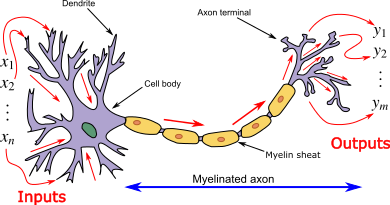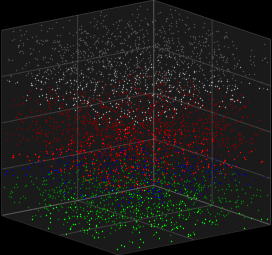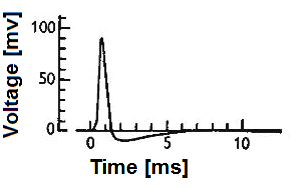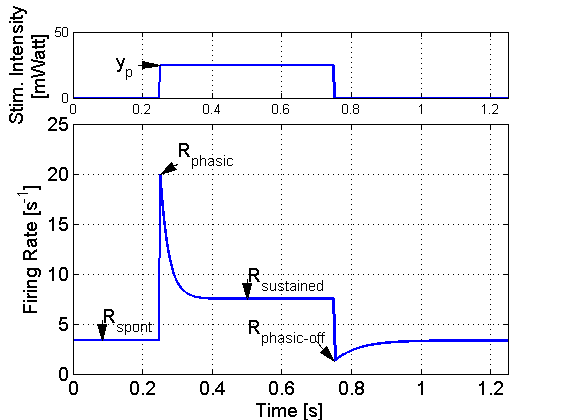
[Neuron and myelinated axon, with signal flow from inputs at dendrites to outputs at axon terminals](By Egm4313.s12 (Prof. Loc Vu-Quoc) - Own work, CC BY-SA 4.0, Link)
We know that contact with the world around us is a person, and even all living things are made through the organs we called - feelings. A person has only 5 of them - this is sight, hearing, taste, smell and tactile feelings.

[Unknown engraver - Humani Victus Instrumenta - Ars Coquinaria - WGA23954
](By Unknown Master, Italian (active 1570s) - Web Gallery of Art: Image Info about artwork, Public Domain, Link)
But if the organs that provide our feelings are mechanisms, how can this be converted into information. After all, our brain can not listen, it can only understand information in the form of electrical impulses. For this, there is an extensive network of the nervous system, which delivers these impulses to the brain, for example, from the eyes or ears. This information is interpreted, read, and only after that it is given to our consciousness in the form of an image, sound, smell, taste, or sensation of touching.

[3D visualization of the Galves-Löcherbach model for biological neural nets. This visualization is set for 4,000 neurons (4 layers with one population of inhibitory neurons and one population of excitatory neurons each) at 180 intervals of time.](By RIDC NeuroMat, CC BY-SA 4.0, Link)
I have not previously pointed out the pulses of information. Indeed, what we call a stream cannot be a continuous source of information. Everything in our world is discrete. And devices, cannot continuously perceive, process, transform and transfer something. So it is with our senses. The information we receive is dosed. Moreover, these doses are not large. It's like footage in the video. After all, the video does not exist - it only seems to us, because the number of frame-pictures is enough to merge into continuous motion. But still these are static pictures.
And we are no different from this method of obtaining information. We must receive static pictures or static information. It must have a beginning and an end so that our brain can understand and accept it to the union.

[A neuronal action potential ("spike"). Note that the amplitude and the exact shape of the action potential can vary according to the exact experimental technique used for acquiring the signal.](By Nir.nossenson - Own work, CC BY-SA 4.0, Link)
And indeed, information that "wanders" through our neural networks is transmitted in the form of packets. Such packages can be compared with the gif. Its size is about 16 bytes, no more. Any information that our brain receives and can process should not exceed 16 bytes. If the information is more the brain is unable to understand it. Therefore, all information from the senses is divided into packages. And these packets are a series of moves in our brain, which processes it and gives out to our consciousness in the form of a continuous flow, in which the packets have merged into one because of their high rate of arrival.
All that we perceive is a set of gifs that have an image, smell, taste, sound and touch. And all this needs to be contained in 16 bytes. First break, and then send a pulse across the network of our nervous system.
Isn't man a car? Doesn't the computer or the robot do the same? A person agrees more sophisticated machine, but it is possible that people will soon learn how to create small automatic structures the size of a cage, and from them build machines the size of a person and with similar functions.

[The prediction for the firing rate in response to a pulse stimulus as given by the model by Nossenson & Messer.](By Nir.nossenson - Own work, CC BY-SA 4.0, Link)
The truth is somewhere near.
@originalworks
Downvoting a post can decrease pending rewards and make it less visible. Common reasons:
Submit